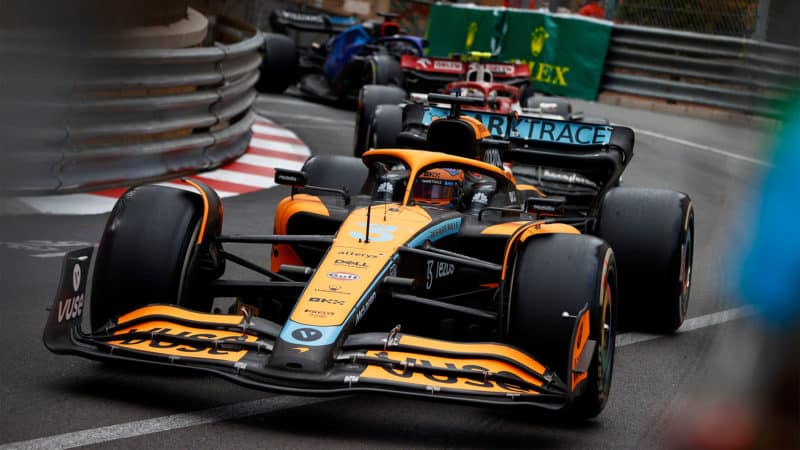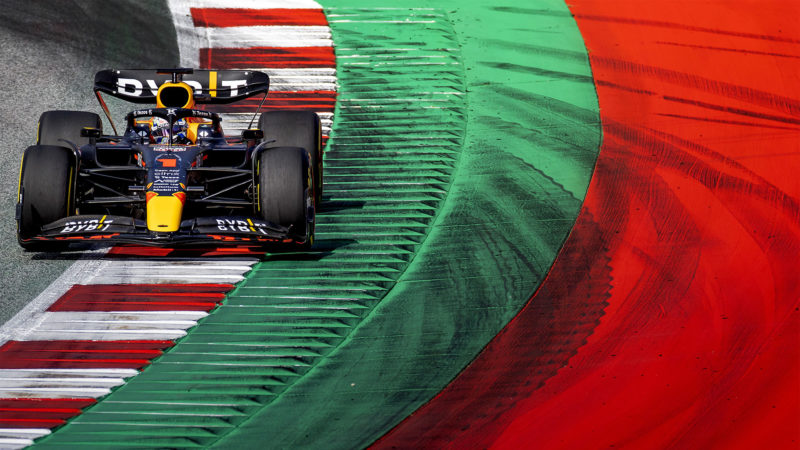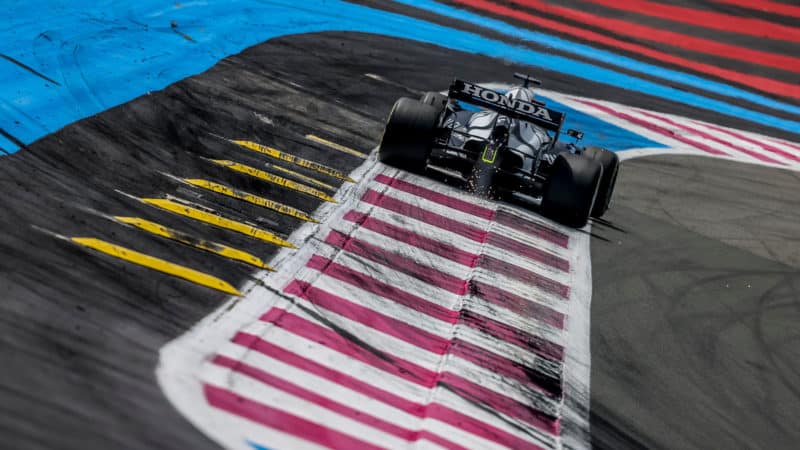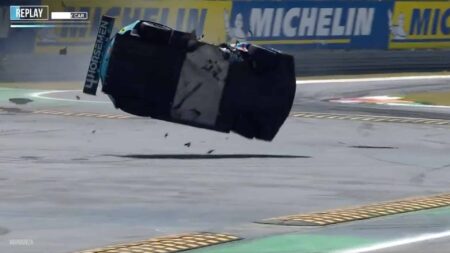I’m not a Formula 1 driver, so I totally understand that Verstappen might not care much for my opinion on this, but I actually get really infuriated by drivers who complain about track limits, and then say just put gravel or a wall there when it quite often isn’t possible.
What’s the difference? You’re getting punished for both.
As Max outlines, there can be a number of reasons why drivers run slightly wide at corners – “some of them are a bit blind, if you have a bit more understeer, tyres are wearing, it’s easy to just go over the white line” – and they sound like real challenges. But the solution for all of those issues is to go that bit slower through the corner.
Formula 1 is the pinnacle of racing. Drivers are being rewarded for excellence. If they can’t afford to run even the tiniest bit wide in a certain corner, then it’s on them to define how cautious they want to be attacking it the next time around. Nobody is forcing them to take a certain apex speed, or to get on the throttle earlier for a better exit but risk exceeding limits.
I am not saying it’s easy to perfect by any stretch, but the solution is: If your tyres are dropping off and you’re starting to struggle with understeer, you have to compensate.

Drivers appear to have few issues with threading car through Monaco or Jeddah
McLaren
Far too much of F1 panders to the competitors. Whether that’s with track limits or surfaces, trying to make it as easy as possible to run the cars as close to their optimum window as teams can. Yet imperfections are what make for the best spectacle, when teams have to react, deal with problems, and drivers have to adapt themselves to the situation.
The only reason drivers regularly exceed track limits in the same place is because there is a performance advantage from doing so, or minimal penalty. Whether that’s a time gain or less stress on the tyres by reducing the amount of steering angle, there’s not a major loss at the very least.



